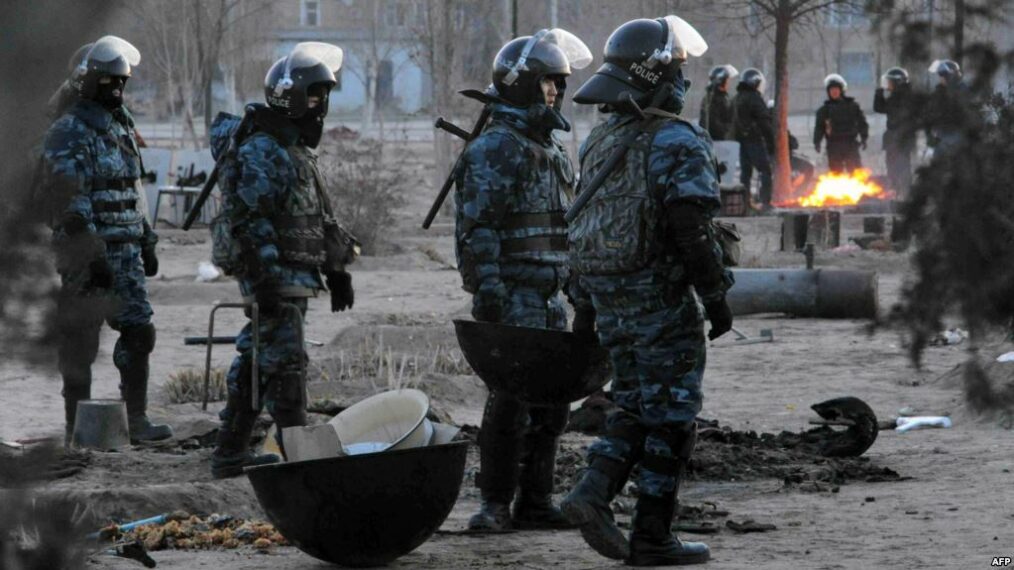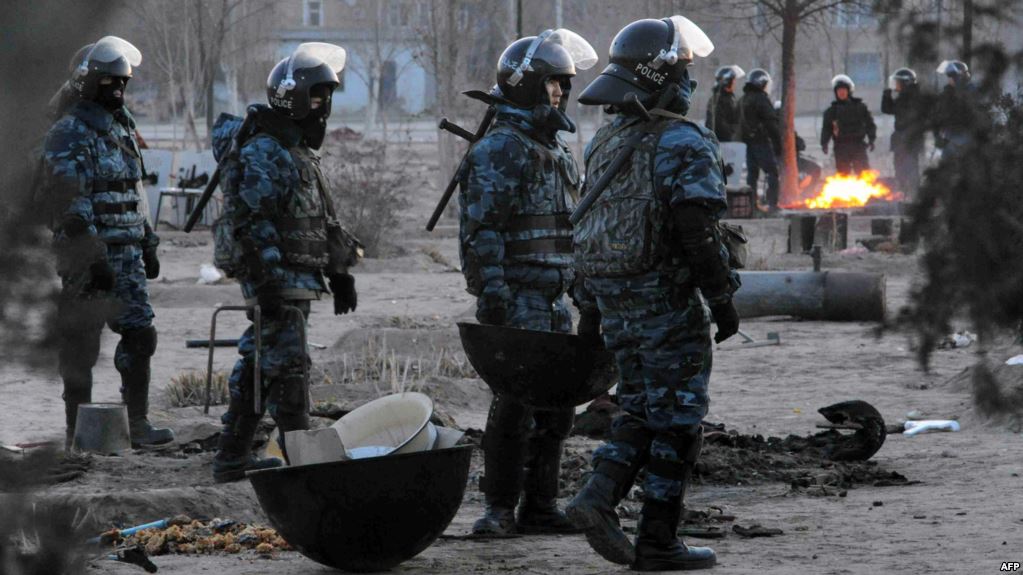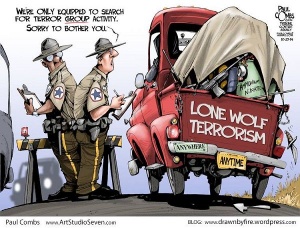
Last week on October 4th the Trump administration released the new National Strategy for Counterterrorism. The White House strategy rightly prioritizes strong partnerships with allies and is refreshingly devoid of the president’s more controversial ideas. However, it curiously lacks any plan to combat the most serious evolution in terrorist threat since the last strategy was released in 2011. That is the towering success of social media as a tool for terrorists to radicalize, recruit and organize followers the world over.
ISIS’ cunning use of social media radicalized people the world over.
The US government must not only acknowledge this as the major threat that it is but develop new legislation that permits it to combat terrorist activity online. The internet continues to provide free space for terrorists to advance their causes and incite violence, all under the protection of the US constitution’s 1st Amendment. Our government must acknowledge this threat and develop a strategy to stop the dissemination of dangerous domestic terrorist propaganda on the internet. Importantly, it must do so without encroaching on US citizens’ rights to free speech.
Terrorism relies on publicity. ISIS’ capability to radicalize people the world over through its cunning use of social media was widely credited as one of the main reasons for its rapid growth, as well as its ability to create a global brand. Domestic terrorists have used the internet to accomplish the same thing. A 2016 study revealed that American white nationalist movement’s Twitter followers increased by 600% since 2012, surpassing ISIS in follower counts and tweets per day. Online forums and social media accounts provide safe spaces for violent rhetoric that extremists don’t feel comfortable using in public. For both radical Islamists and white supremacists, the internet has provided an effective means to broadcast their malicious, hateful messages to the world.
Tech companies are not up to the threat; they are businesses with the prime motivator of profit generation, not national security.
The risks of terrorists exploiting the internet are uncontested. However, a broad interpretation of the 1st Amendment has wrapped the US government’s knuckles. Restraints on the government’s ability to censor content have left major national security decisions up to private companies, who lack the expertise to assess a threat to national security and public safety. And while tech giants like Facebook have recently stepped up their efforts to censor and report terror content, private companies should not own that burden alone.
Tech companies have proven themselves to be inadequate to face this threat. They are businesses with the prime motivator of profit generation, not national security. In addition, they typically hold strict Libertarian views of the internet. Such companies see the internet as a common space for the free sharing of ideas. They tend to be extremely resistant to censorship of any kind. Too much government cooperation could sway public perception to their being in bed with Big Brother.
The United Nations Office on Drugs and Crime has clearly stated the significance of US leadership in passing new legislation: “It would be extremely helpful to other countries if the United States could find a solution to its limited ability to furnish judicial cooperation concerning foreign incitement offenses resulting from its jurisprudence concerning freedom of speech and expression.”
The US cannot afford to continue without a strategy to combat digital terrorism. We must open the issue to new scrutiny. Such scrutiny starts with developing a clear and specific definition of what kinds of content can be censored. Laws that allow censorship already exist, such as the Child Online Protection Act (COPA) and recent Congressional prohibitions on sex traffickers. Why not censor content shown to be a precursor to terrorist attacks? Only content deemed to cause “imminent lawless action” would pass constitutional muster for restriction. What the US needs is a new federal bureau with combined expertise in national security, law, and technology.
In the event congressional action fails, what is a good interim solution?
With new legislation in place, tech companies will no longer decide what constitutes a threat to national security. They will also avoid the perception of denying free speech since they will simply be complying with the law. Some have suggested that a “Code of Ethics” be developed for social media companies which would create a more uniform approach to combatting terrorism. In the event congressional action fails to materialize this would be a good interim solution. If we can effectively fight terrorism in the virtual space, we can prevent the loss of lives in the real world.









